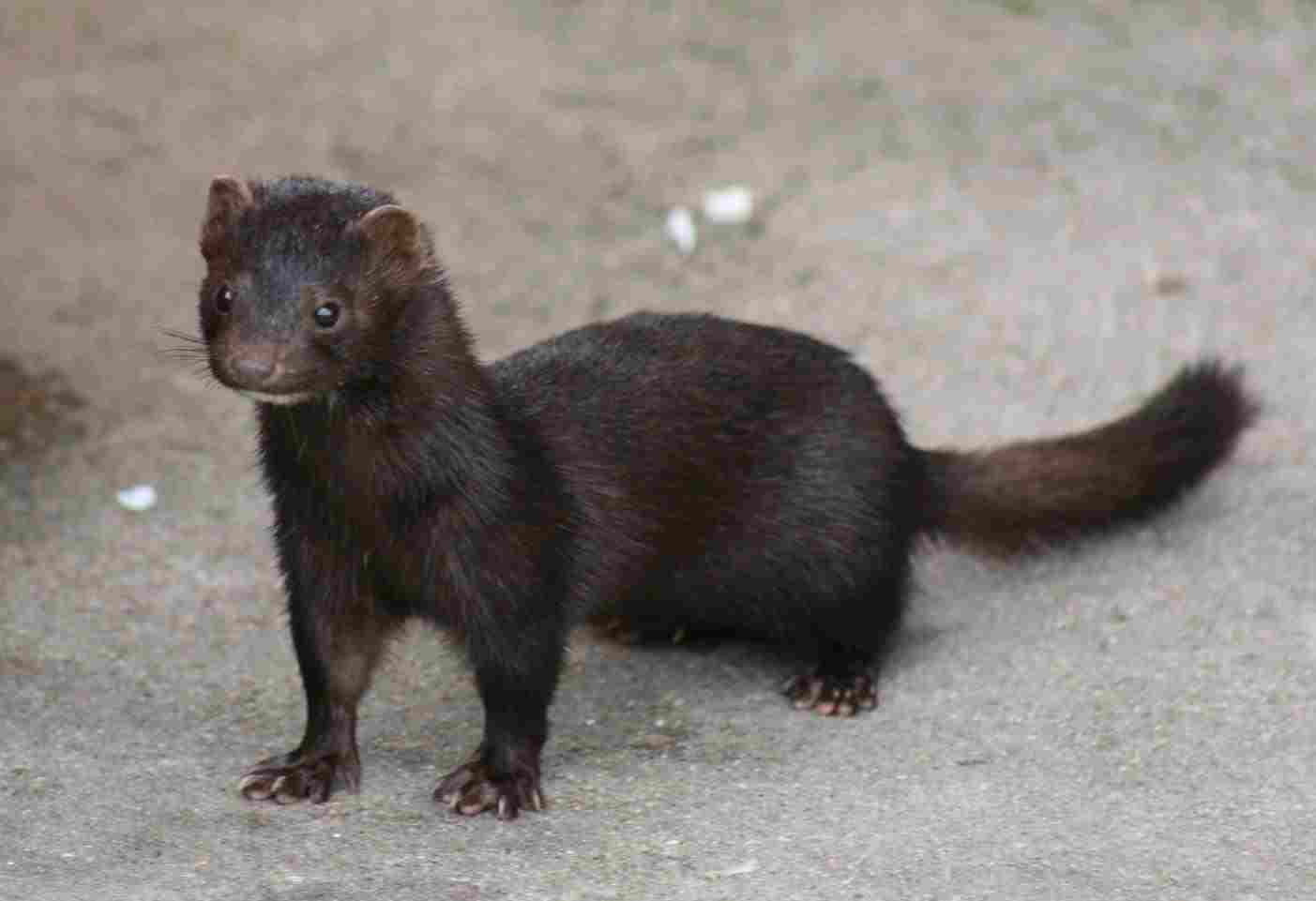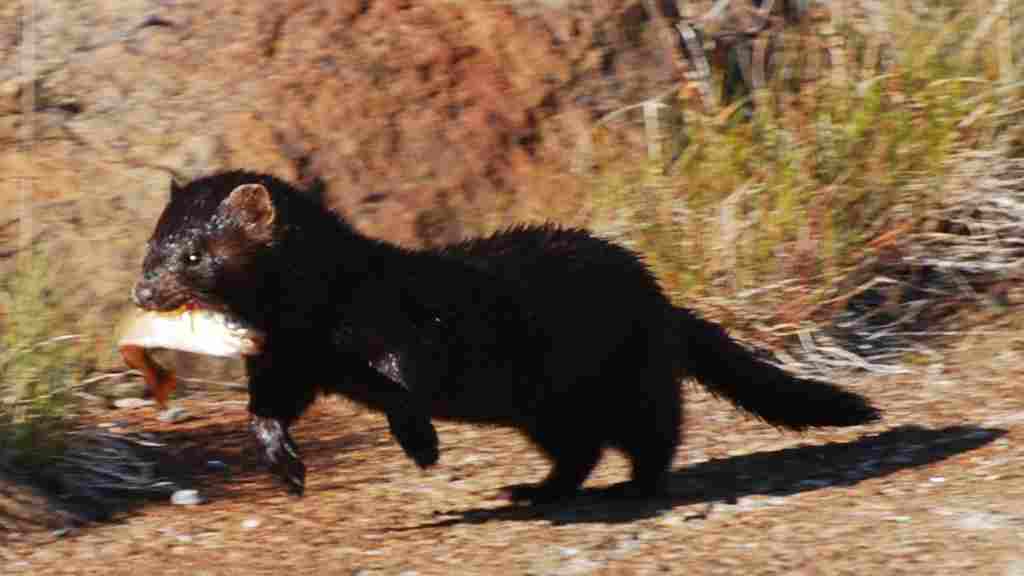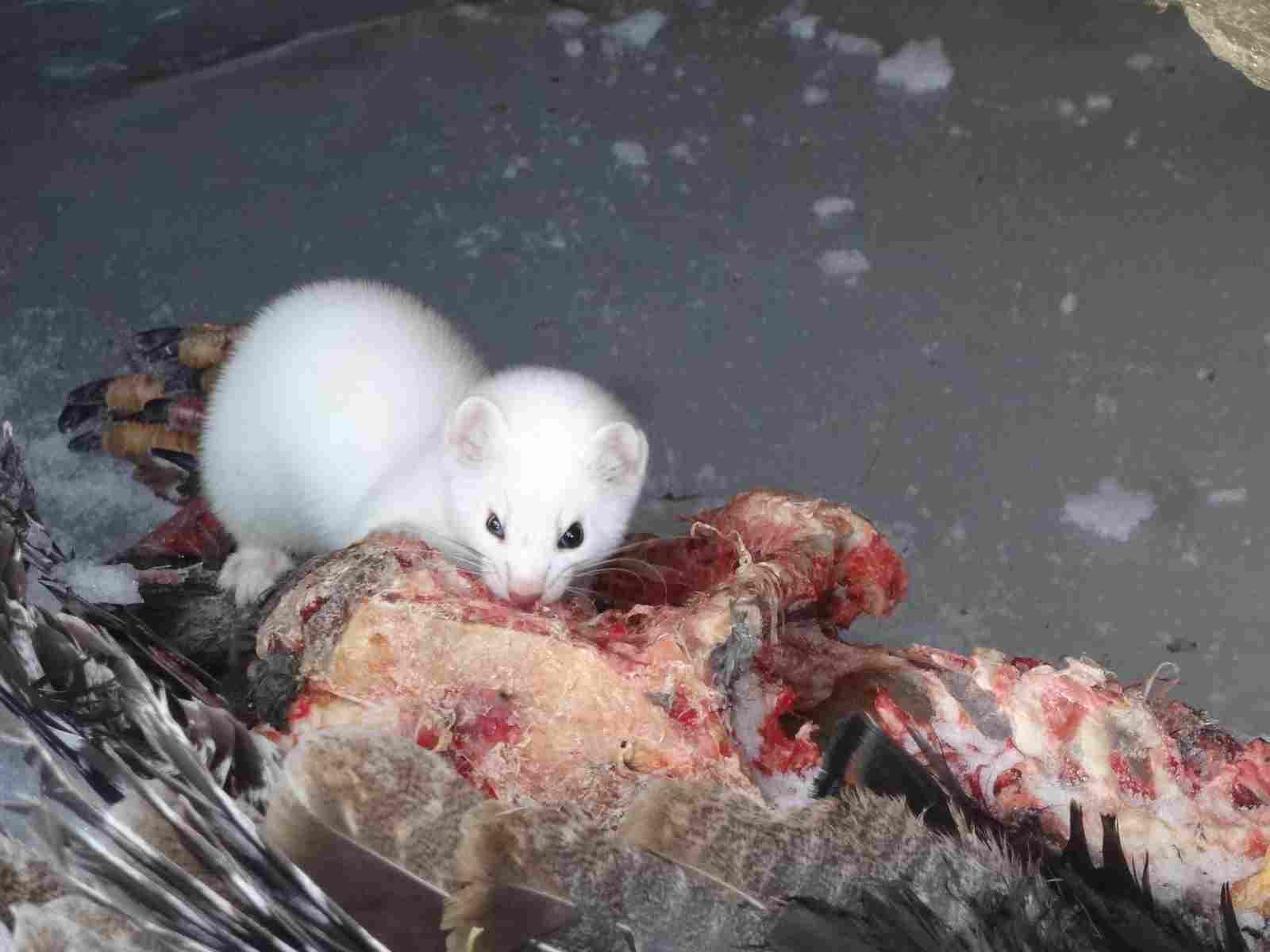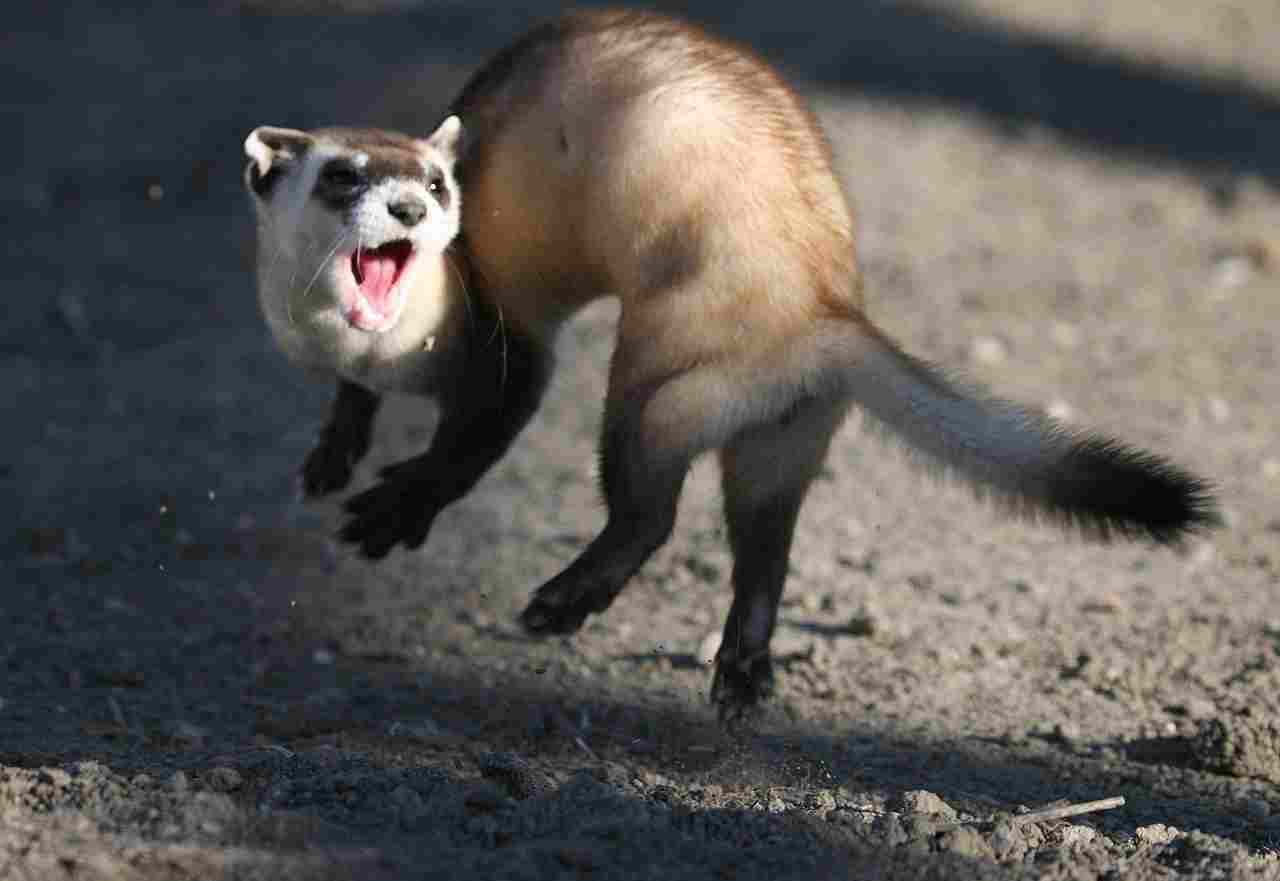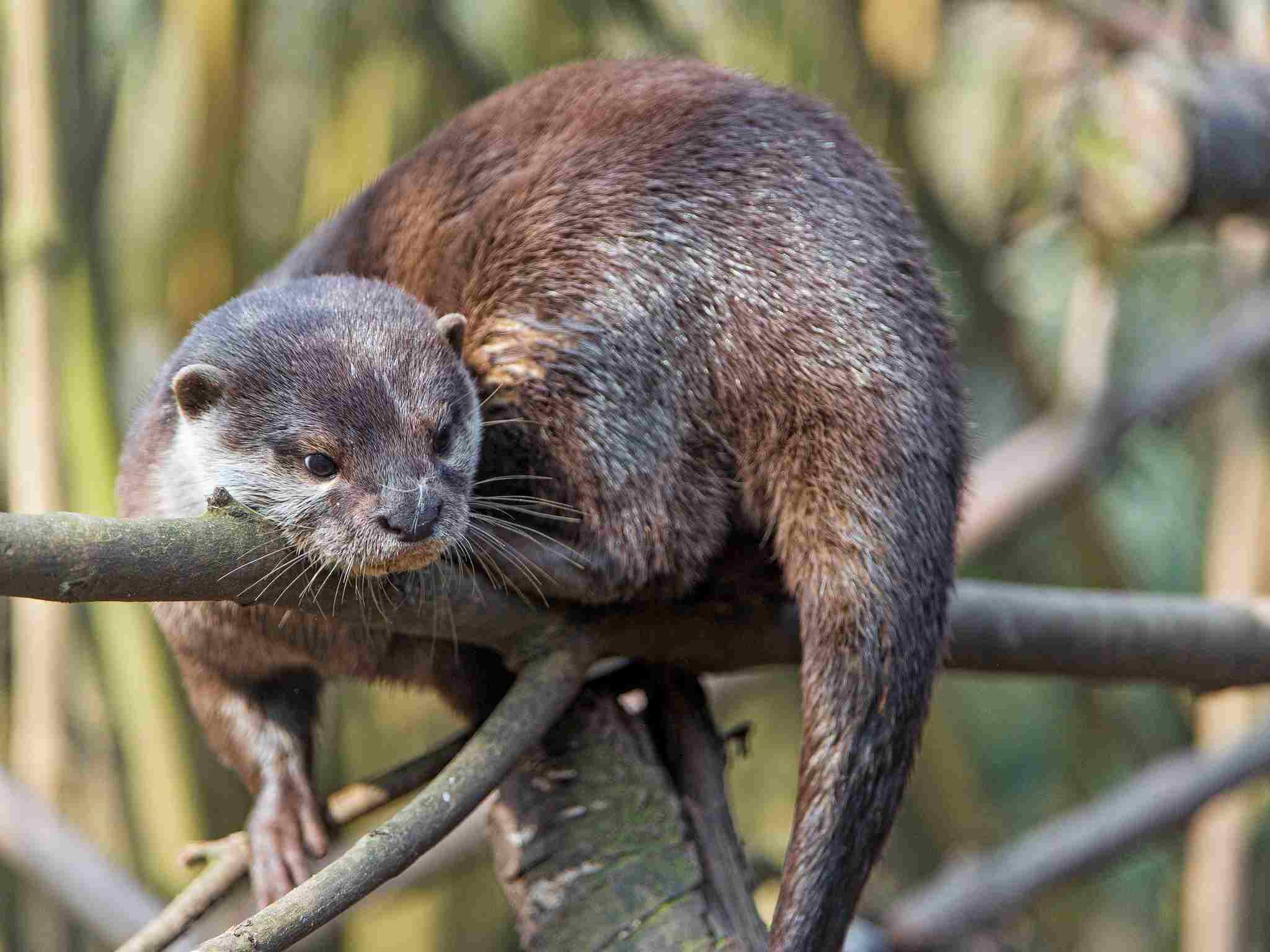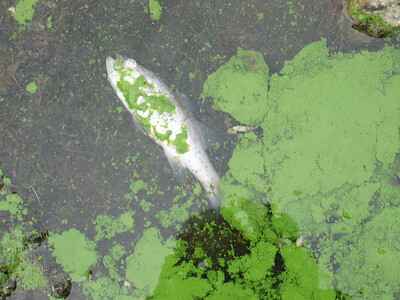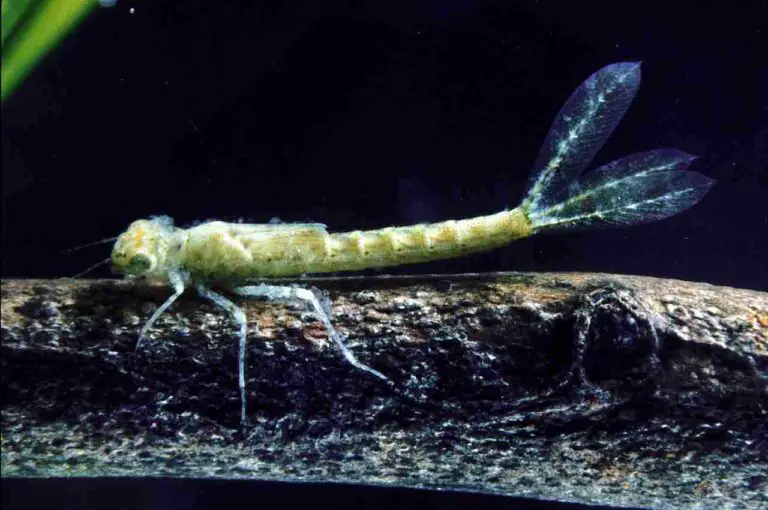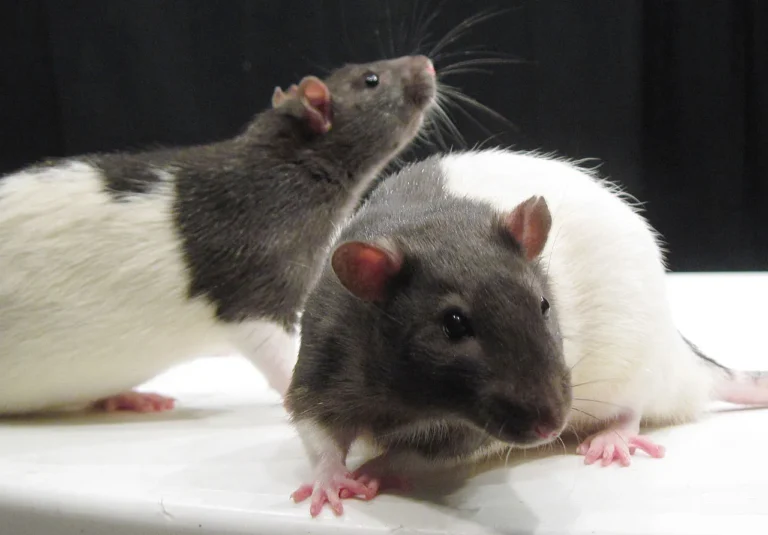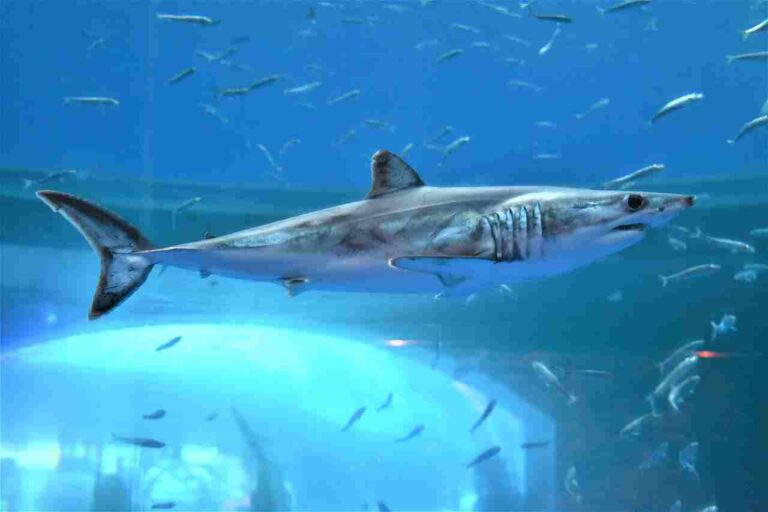Mink Vs Ermine Size, Weight, Overall Comparison
In a hypothetical encounter between a mink and an ermine, two members of the Mustelidae family, we delve into the potential dynamics of this confrontation. Minks, being better adapted to aquatic ecosystems, often boast a larger and heavier build compared to ermines. Additionally, distinctions in fur characteristics further highlight the differences between these two species. This analysis aims to elucidate how, on average, a mink would likely emerge victorious in a fight against an ermine due to its larger size and weight.
Mink vs Ermine: Assessing the Likely Victor in a Confrontation
In a hypothetical scenario involving a mink and an ermine, both members of the Mustelidae family, the outcome of a fight is influenced by their adaptability to different ecosystems, size differences, and fur characteristics. While ermines may exhibit certain advantages, on average, the larger and heavier build of the mink contributes to its potential victory.
I). Adaptation to Ecosystems and Size Differences:
– Minks are better adapted to aquatic ecosystems, displaying a preference for water environments. In contrast, ermines are more versatile, adapting to both terrestrial and snowy habitats. On average, minks tend to be larger and heavier, with some species weighing up to 2 kg, while ermines typically weigh between 0.15 to 0.45 kg.
II). Fur Differences:
– Distinct fur characteristics further set minks and ermines apart. Minks typically have denser and coarser fur, contributing to their insulation in aquatic environments. Ermines, on the other hand, exhibit seasonal coat changes, featuring a white winter coat and a brown summer coat.
III). Mink’s Size and Weight Advantage:
– In a hypothetical fight, a mink would likely win against an ermine on average due to its larger and heavier build. The mink’s size advantage provides enhanced strength and potentially superior physical capabilities compared to the smaller ermine.
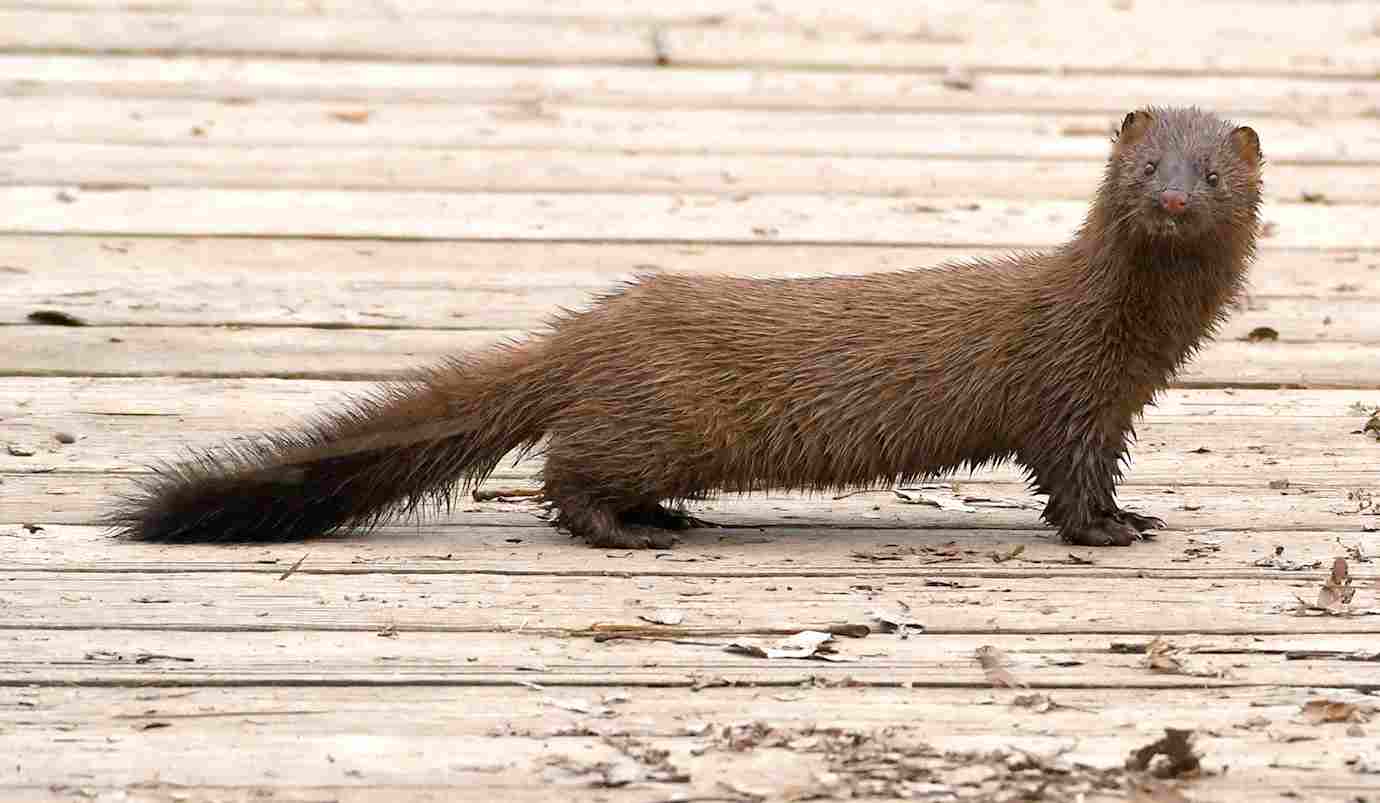
IV). Potential Strategies of the Ermine:
– Ermines, known for their agility and excellent climbing skills, may attempt defensive maneuvers in a confrontation with a mink. However, the mink’s larger size and weight advantage may limit the effectiveness of these defensive tactics, tilting the odds in favor of the mink.
V). Overall Dynamics:
– In this hypothetical scenario, a mink is likely to emerge as the victor in a fight against an ermine due to its larger size and weight. While the ermine may showcase agility and defensive strategies, the overall dynamics favor the mink in this hypothetical confrontation on average.
*Details of Comparison
| Criteria | Mink | Ermine |
| Appearance | Sleek, semi-aquatic, variable fur color |
Compact, weasel-like, seasonal color change
|
| Size | Larger: 13-18 inches |
Smaller: 7-13 inches
|
| Weight | Heavier: 1.5-3.5 lbs |
Lighter: 0.2-0.4 lbs
|
| Bite Force (PSI) | Stronger: 150 PSI | Weaker: 55 PSI |
| Offensive Advantages | Webbed feet, agile, aquatic hunter |
Agile ground hunter, ambush tactics
|
| Defensive Advantages | Anal scent glands, escapes through water |
Seasonal color change, burrow climbing
|
| Speed | Faster: 6.5 mph | Slower: 4.3 mph |
| Agility | Highly agile, adapted to different environments |
Highly agile, terrestrial adaptation
|
| Physical Capacity | Versatile, land and water adaptations |
Specialized in terrestrial environments
|
| Habitat Preference(s) | Aquatic habitats |
Various terrestrial habitats
|
| Tracks | Webbed tracks |
Small, delicate tracks
|
| Lifespan | Longer: 3-4 years |
Shorter: 1.5-2 years
|
| Mode of Feeding | Aquatic hunter | Ground hunter |
| Intelligence | Problem-solving, adaptable |
Intelligent ground hunter
|
| Social Behavior | Generally solitary, temporary social bonds during mating |
Generally solitary, temporary social bonds during mating
|
| Reproduction | Polygamous mating system, slight seasonal variations |
Polygamous mating system, slight seasonal variations
|
| Parental Behavior | Extended care | Limited care |
| Proximity to Humans | More tolerant, may enter urban areas |
Avoids human-populated areas
|
| Behavior Toward Humans | May be more aggressive | Typically elusive |
| Danger Posed to Humans | Generally not considered dangerous |
Generally not considered dangerous
|
| Precautions | Requires more caution in certain scenarios |
Standard precautions
|
| Conservation Status | Least Concern, stable populations |
Least Concern, stable populations
|
| Conclusion – Similarities | Mustelidae family, carnivorous, polygamous, “Least Concern” conservation status |
Mustelidae family, carnivorous, polygamous, “Least Concern” conservation status
|
| Conclusion – Differences | Size, habitat preferences, lifespan, parental behavior |
Size, habitat preferences, lifespan, parental behavior
|
Key Points
- Mink generally larger, heavier, and with a stronger bite force.
- Ermine adapts to various terrestrial habitats and displays a seasonal color change.
- Mink is more versatile, with adaptations for both land and water.
- Ermine has a shorter lifespan and provides limited parental care.
- Mink may be more tolerant of human proximity and can enter urban areas.
- Both species are generally not considered dangerous to humans.
- Conservation status for both is “Least Concern,” indicating stable populations.
1. Taxonomy:
Mink (Mustela vison):
Kingdom: Animalia
Phylum: Chordata
Class: Mammalia
Order: Carnivora
Family: Mustelidae
Genus: Neovison
Species: N. vison
Ermine (Mustela erminea):
Kingdom: Animalia
Phylum: Chordata
Class: Mammalia
Order: Carnivora
Family: Mustelidae
Genus: Mustela
Species: M. erminea
2. Appearance:
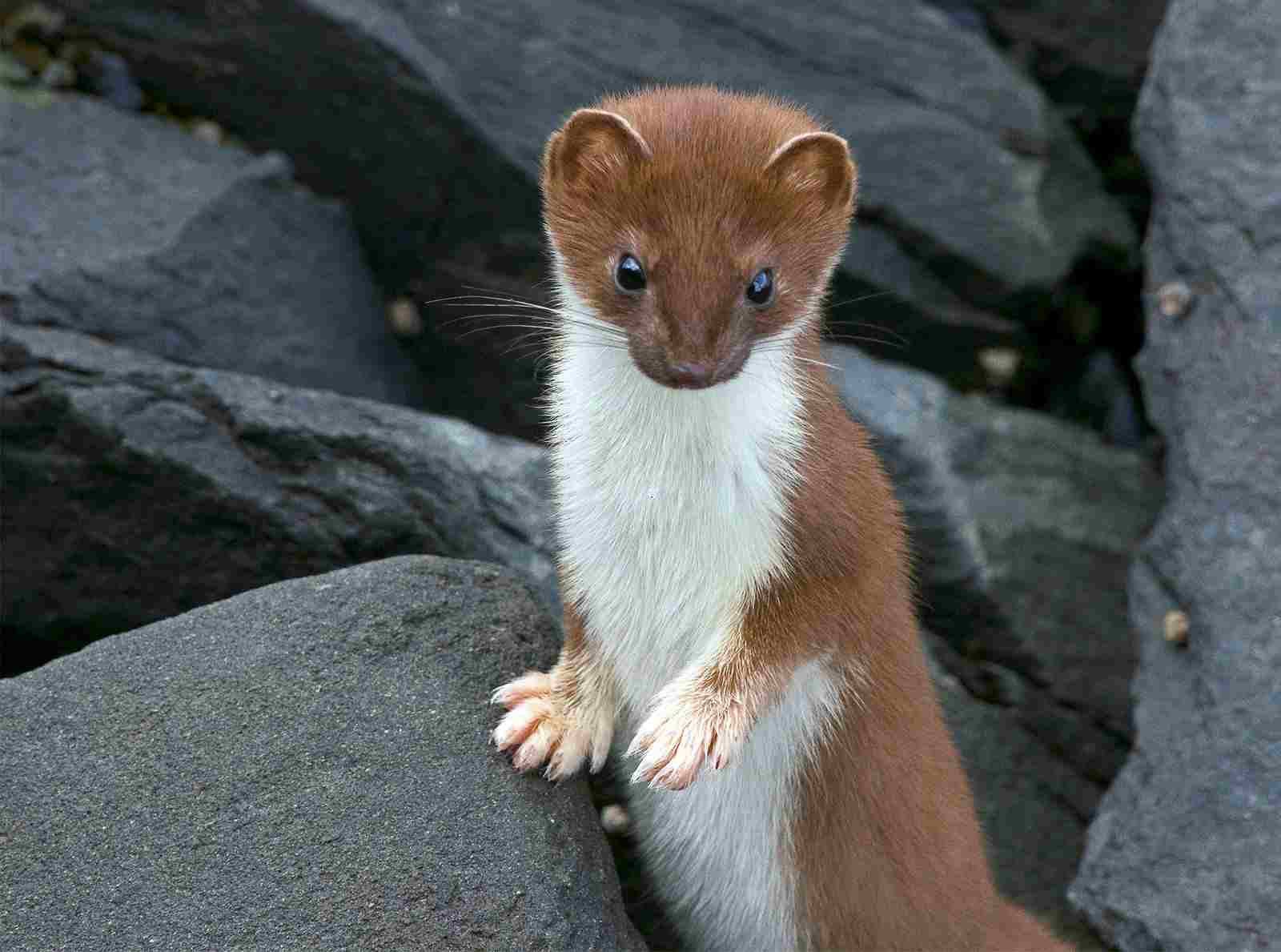
Mink:
Sleek, semi-aquatic mammal with a long, slender body.
Fur varies in color, including brown, black, or white.
Webbed feet for efficient swimming.
Ermine:
Compact, weasel-like appearance with a long, slender body.
Fur changes color seasonally, brown in summer, white in winter.
Short legs and tail, adapted for a terrestrial lifestyle.
Comparison:
Both have elongated bodies but differ in color adaptation, with mink having a more consistent coloration.
Ecological Implications:
Mink’s aquatic adaptations make it well-suited for hunting in water habitats.
Ermine’s seasonal color change aids in camouflage, providing advantages in different environments.
3. Size:
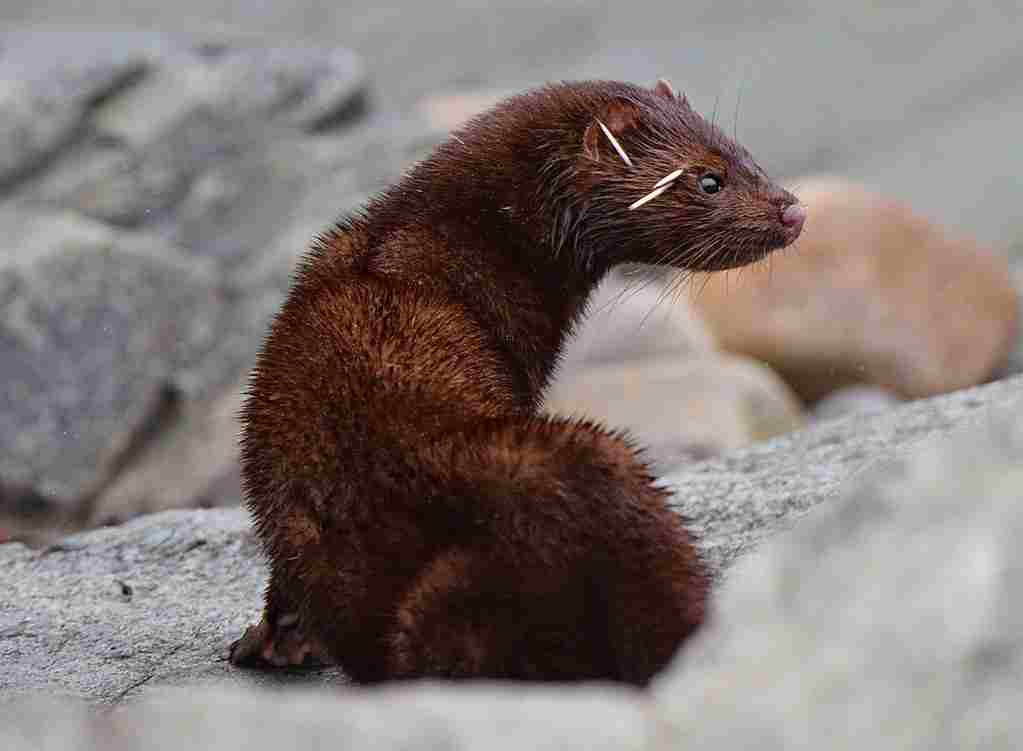
Mink:
Length: 13 to 18 inches (33 to 45 cm).
Tail: 6 to 10 inches (15 to 25 cm).
Ermine:
Length: 7 to 13 inches (18 to 33 cm).
Tail: 3 to 6 inches (8 to 15 cm).
Comparison:
Mink generally larger than ermine in both body and tail length.
Ecological Implications:
Size differences may influence prey selection and hunting strategies.
4. Weight:
Mink:
Typically 1.5 to 3.5 pounds (0.7 to 1.6 kg).
Ermine:
Usually 0.2 to 0.4 pounds (0.1 to 0.2 kg).
Comparison:
Mink significantly heavier than ermine.
Ecological Implications:
Weight impacts energy requirements, hunting tactics, and ecological roles.
5. Bite Force (PSI):
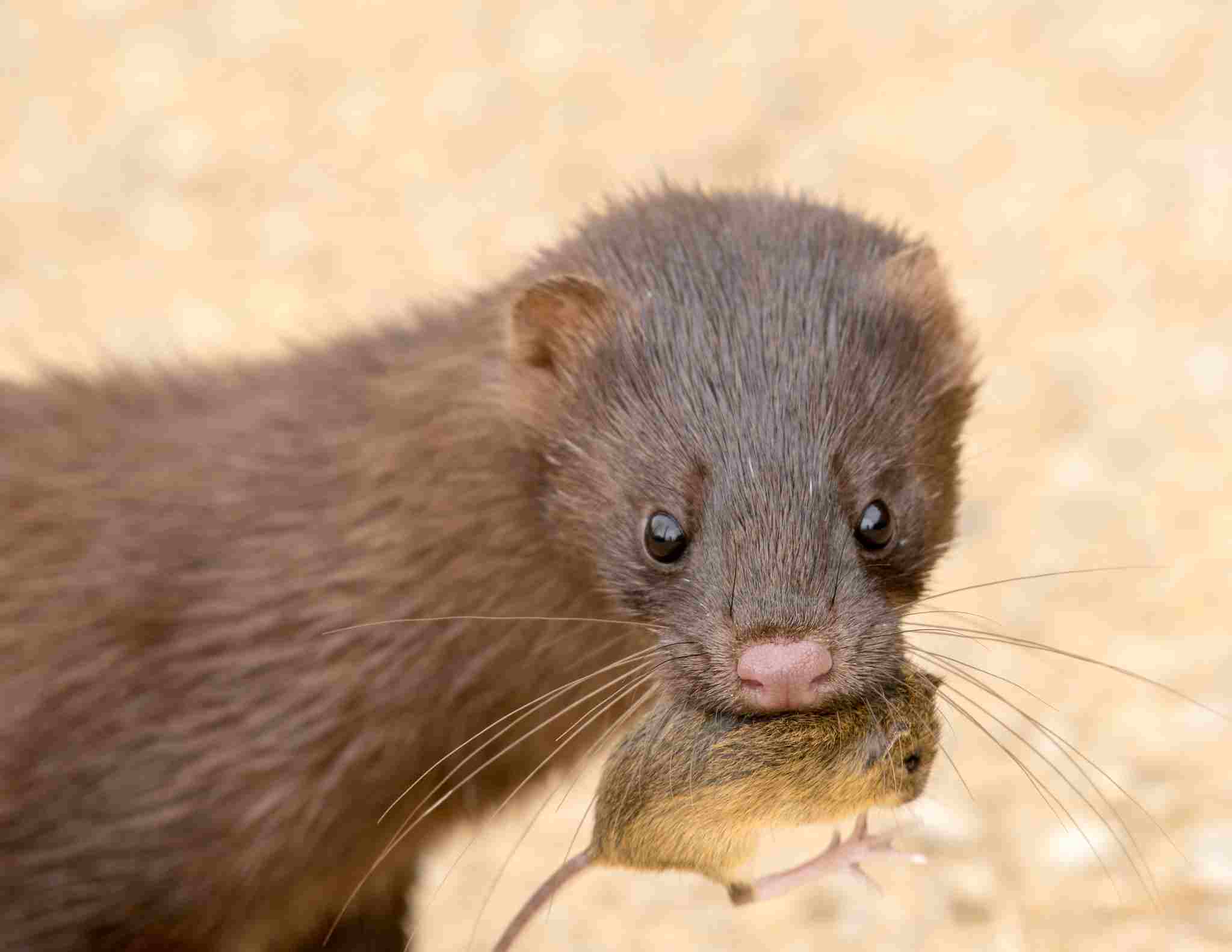
Mink:
Estimated at 150 PSI.
Ermine:
Estimated at 55 PSI.
Comparison:
Mink has a more powerful bite force compared to ermine.
Ecological Implications:
Bite force influences prey capture efficiency and competition for resources.
6. Physical Offensive Advantages:
Mink:
Sharp claws and teeth for effective prey capture.
Agile swimmers, allowing pursuit and capture of aquatic prey.
Ermine:
Agile and quick, excelling in terrestrial hunting.
Well-adapted for stalking and ambushing smaller prey.
Comparison:
Mink’s aquatic adaptations provide offensive advantages in water habitats.
Ermine’s agility and stalking skills make it effective in terrestrial environments.
Ecological Implications:
Adaptations influence preferred hunting grounds and prey selection.
7. Physical Defensive Advantages:
Mink:
Well-developed anal scent glands for territorial marking.
Agile and capable of escaping predators through water.
Ermine:
Seasonal color change provides effective camouflage.
Can escape into burrows or climb trees to evade predators.
Comparison:
Both have defensive strategies, with mink relying on agility and scent, while ermine uses camouflage and escape tactics.
Ecological Implications:
Defensive mechanisms contribute to survival in different ecosystems.
8. Speed (Km/hour or Mile/hour):
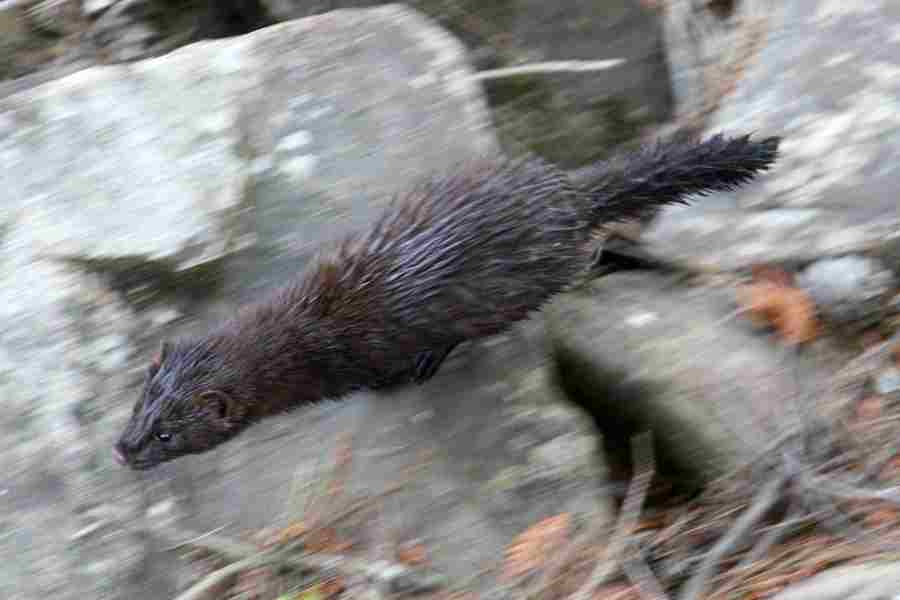
Mink:
Capable of reaching speeds up to 6.5 mph (10.5 km/h) on land.
Ermine:
Can run at speeds around 4.3 mph (7 km/h).
Comparison:
Mink generally faster than ermine.
Ecological Implications:
Speed impacts hunting success and escape from predators.
9. Agility:
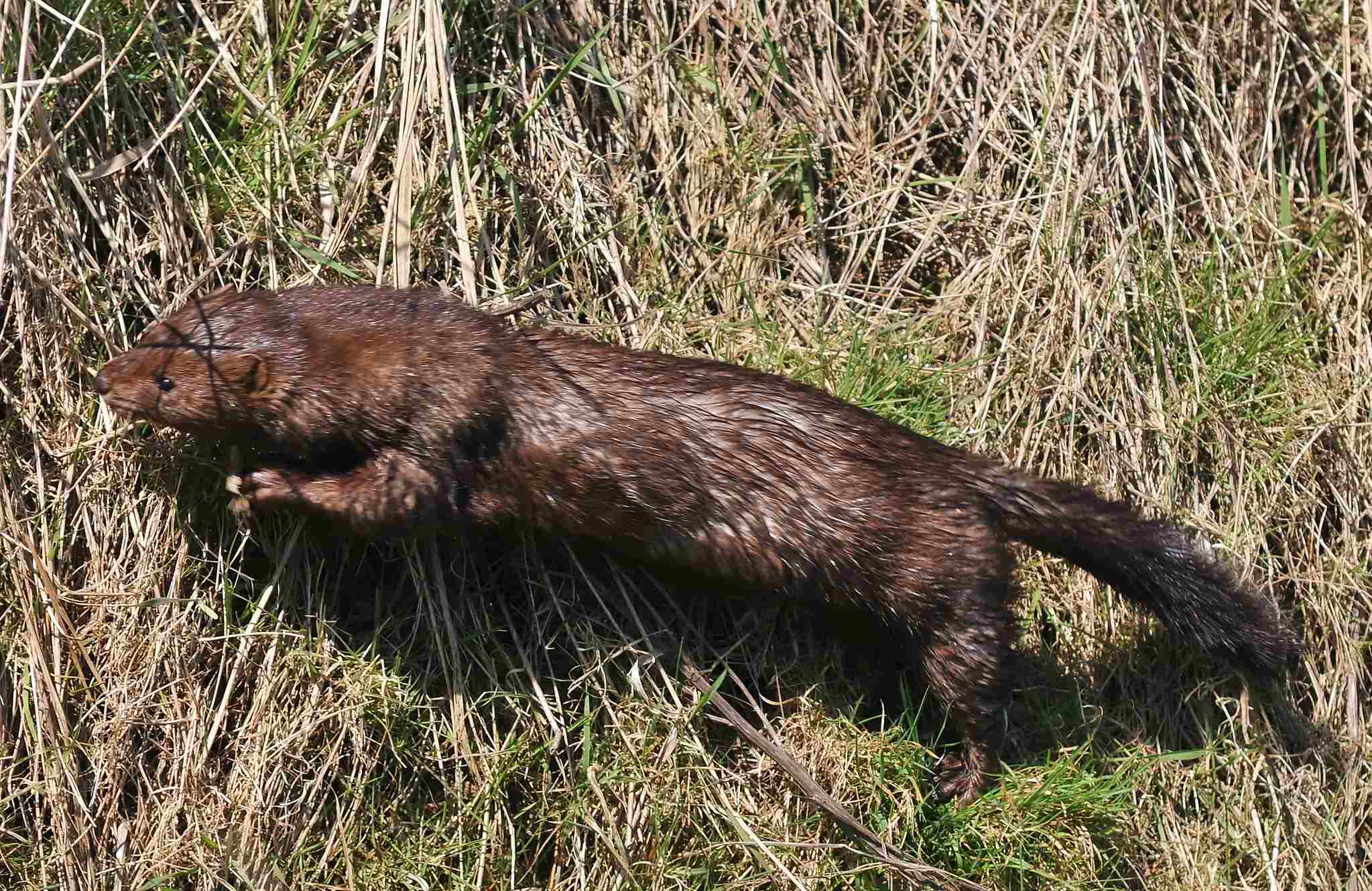
Mink:
Highly agile in both water and on land, with a flexible body.
Ermine:
Exceptionally agile and capable of rapid movements, aiding in hunting.
Comparison:
Both species display high agility, but mink’s aquatic agility differs from ermine’s terrestrial agility.
Ecological Implications:
Agility is crucial for navigating specific environments and capturing prey.
10. Overall Physical Capacity:
Mink:
Versatile and adaptable with a focus on aquatic habitats.
Agile on land and proficient in swimming.
Ermine:
Well-suited for terrestrial environments, excelling in agility and ground-level hunting.
Comparison:
Mink’s physical capacity emphasizes versatility, including both land and water adaptations.
Ermine’s specialization is in terrestrial environments.
Ecological Implications:
Physical capacity influences habitat selection and prey preferences.
11. Habitat Preference(s):
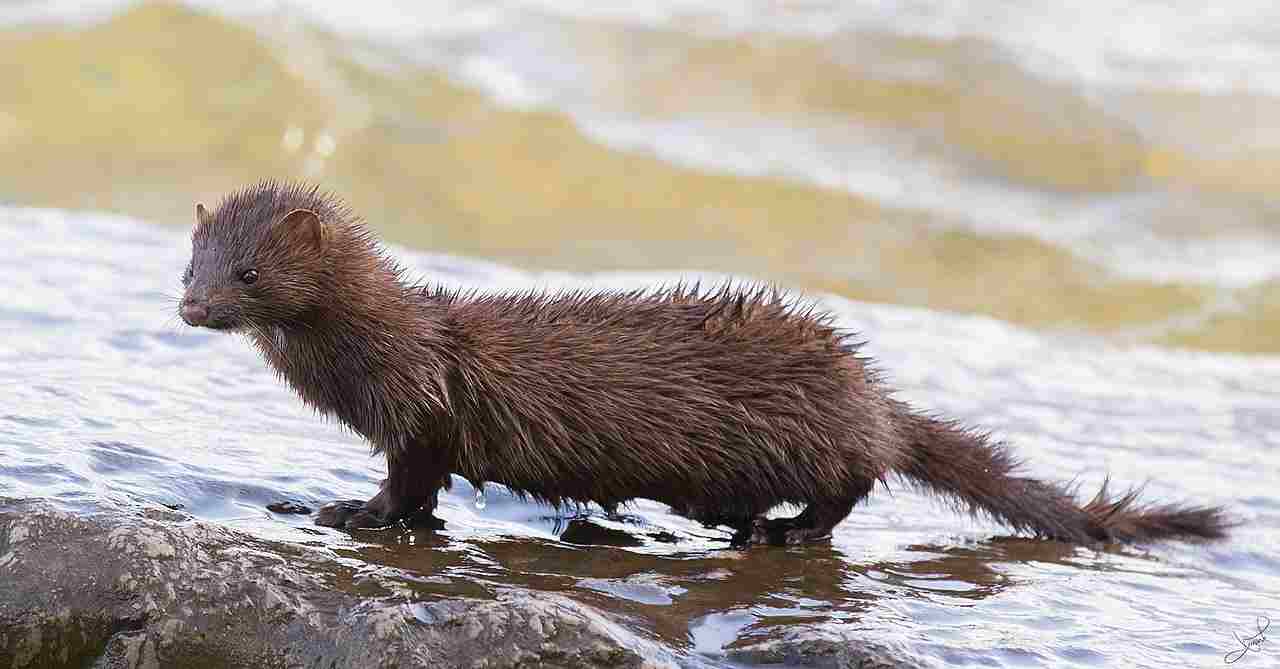
Mink:
Prefers riparian areas, wetlands, and streams for access to aquatic prey.
Ermine:
Thrives in various terrestrial habitats, including forests, grasslands, and tundra.
Comparison:
Mink favors water-rich environments, while ermine adapts to a broader range of terrestrial habitats.
Ecological Implications:
Habitat preferences impact ecosystem roles and interactions with other species.
12. Tracks:
Mink:
Webbed tracks, distinctive and indicative of its aquatic lifestyle.
Ermine:
Small, delicate tracks resembling those of other weasels, especially during winter.
Comparison:
Track differences reflect the species’ adaptation to their respective environments.
Ecological Implications:
Tracking can aid researchers in studying their distribution and behavior.
13. Lifespan:
Mink:
Typically 3 to 4 years in the wild.
Ermine:
Around 1.5 to 2 years in the wild.
Comparison:
Mink generally has a longer lifespan than ermine.
Ecological Implications:
Lifespan affects population dynamics and ecological roles within ecosystems.
14. Mode of Feeding:
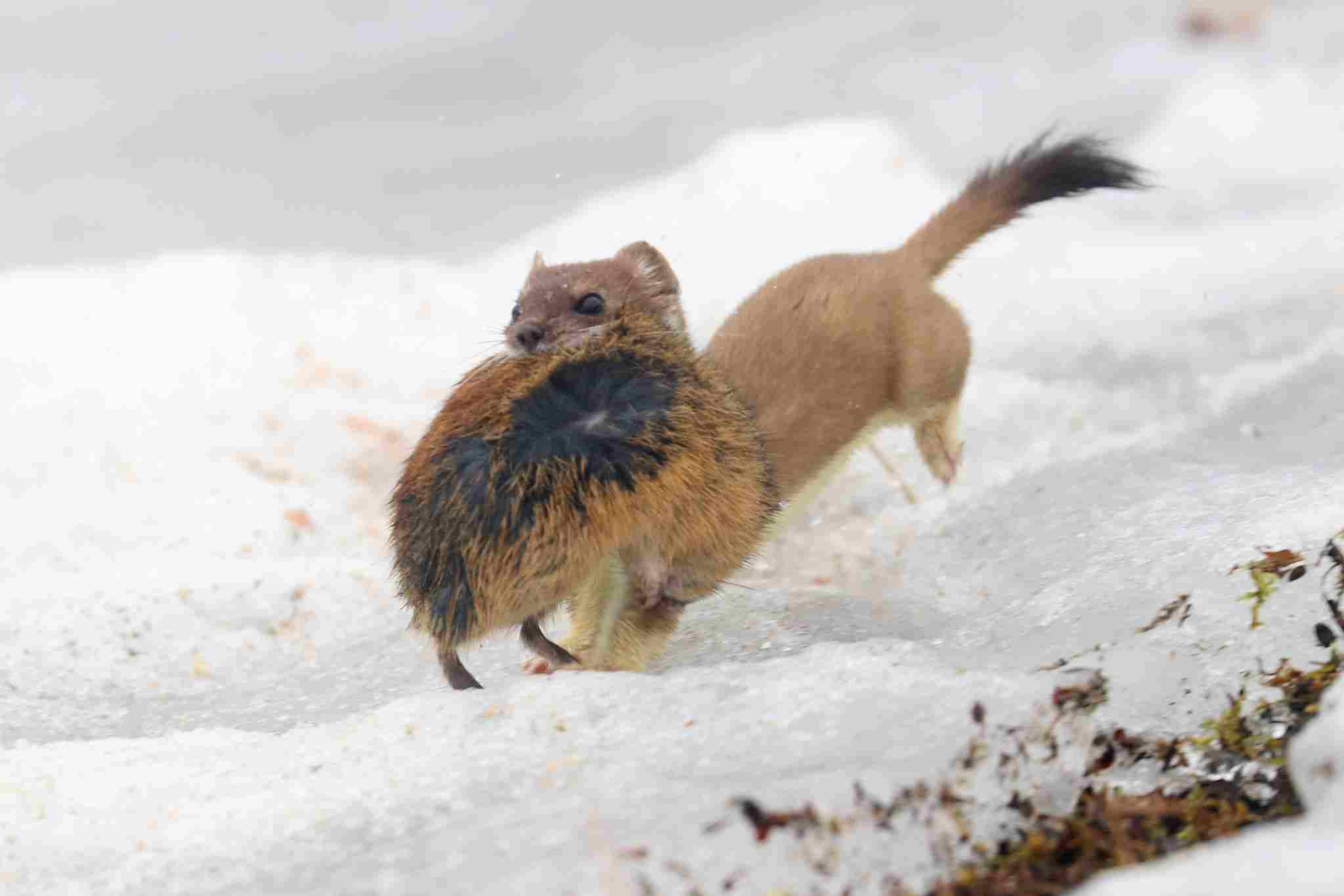
Mink:
Carnivorous, with a diet consisting of fish, amphibians, small mammals, and birds.
Efficient underwater hunter, preying on aquatic species.
Ermine:
Carnivorous, preying on small mammals, birds, and insects.
Agile ground hunter, utilizing burrows or rock crevices for ambush.
Comparison:
Both are carnivores but with distinct preferences in prey and hunting methods.
Ecological Implications:
Feeding habits impact local ecosystems and prey populations.
15. Intelligence:
Mink:
Display problem-solving skills and adaptability.
Known for learning from experiences, especially in captivity.
Ermine:
Intelligent hunters, using various strategies for capturing prey.
Comparison:
Both exhibit intelligence in their hunting behaviors and adaptability.
Ecological Implications:
Intelligence contributes to their ability to navigate and thrive in diverse environments.
16. Social Behavior:
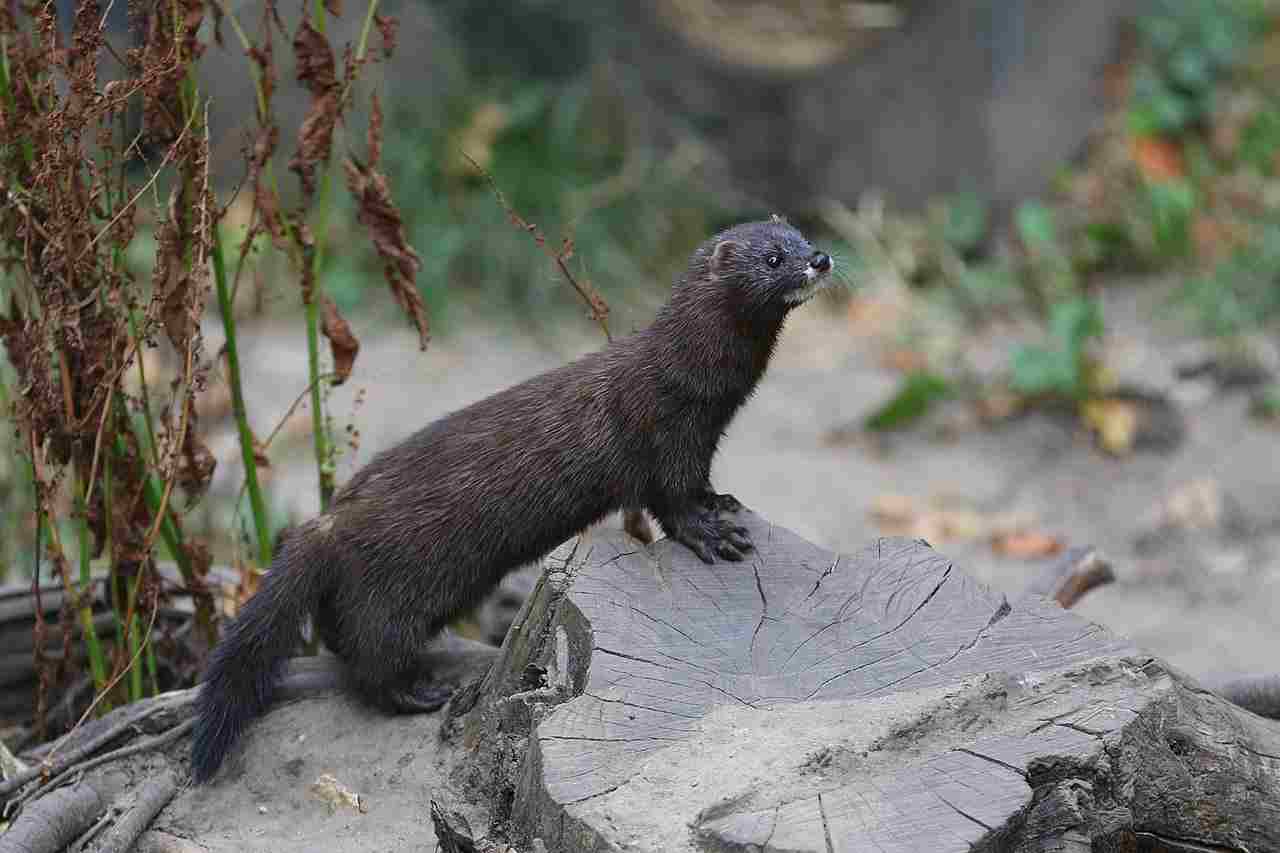
Mink:
Generally solitary, except during the breeding season.
Territorial and aggressive towards intruders.
Ermine:
Primarily solitary, coming together only during the mating season.
Comparison:
Both species exhibit solitary behavior, forming temporary social bonds during mating.
Ecological Implications:
Solitary behavior influences territory establishment and resource utilization.
17. Mode of Reproduction:
Mink:
Polygamous mating system.
Breeding season typically occurs in late winter or early spring.
Ermine:
Polygamous mating system, with a breeding season in late spring or early summer.
Comparison:
Both species follow a polygamous mating system with slight variations in breeding seasons.
Ecological Implications:
Reproductive strategies affect population dynamics and genetic diversity.
18. Parental Behavior:
Mink:
Female minks are responsible for caring for and nursing the kits.
Provide protection and teach hunting skills until the kits are independent.
Ermine:
Limited parental care, with the female providing protection and nursing for a short duration.
Kits become independent at an early age.
Comparison:
Mink exhibits more extended parental care compared to ermine.
Ecological Implications:
Parental behaviors impact the survival and development of the offspring.
19. Proximity to Human-Inhabited Areas:

Mink:
Commonly found near water bodies, including areas close to human settlements.
May enter urban areas in search of food.
Ermine:
Prefers wild and less disturbed environments, avoiding human-populated areas.
Comparison:
Mink shows a higher tolerance for human proximity compared to ermine.
Ecological Implications:
Proximity to humans can influence exposure to human activities, including potential conflicts.
20. Behavior Toward Humans:
Mink:
Can be aggressive if cornered but generally avoids human interaction.
May cause issues for farmers due to predation on poultry.
Ermine:
Typically elusive and avoids human contact.
Not known for causing issues with human activities.
Comparison:
Mink may exhibit more aggressive behavior towards humans compared to ermine.
Ecological Implications:
Behavioral tendencies influence the likelihood of human-wildlife conflicts.
21. Danger Posed to Humans:
Mink:
Generally not considered dangerous to humans, but may defend themselves if threatened.
Potential carriers of zoonotic diseases.
Ermine:
Not considered a threat to humans; rarely poses danger.
Comparison:
Mink and ermine are generally not considered significant threats to human safety.
Ecological Implications:
Understanding potential risks aids in wildlife management and conservation efforts.
22. Associated Precautions:
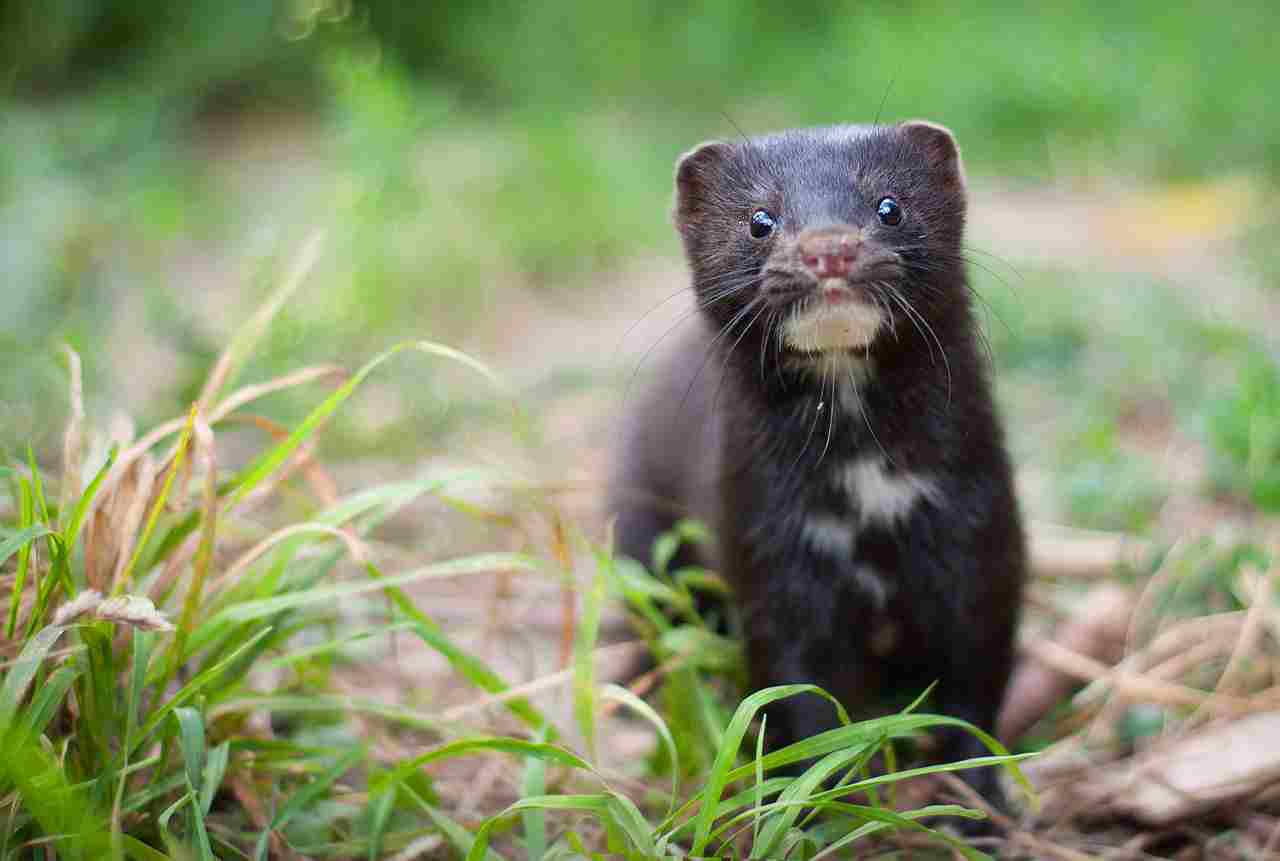
Mink:
Avoid provoking or cornering minks.
Implement measures to protect poultry in areas with mink presence.
Ermine:
No specific precautions needed due to low risk to humans.
Comparison:
Precautions may vary, with mink requiring more consideration in certain scenarios.
Ecological Implications:
Human precautions contribute to coexistence and minimize negative interactions.
23. Conservation Status:
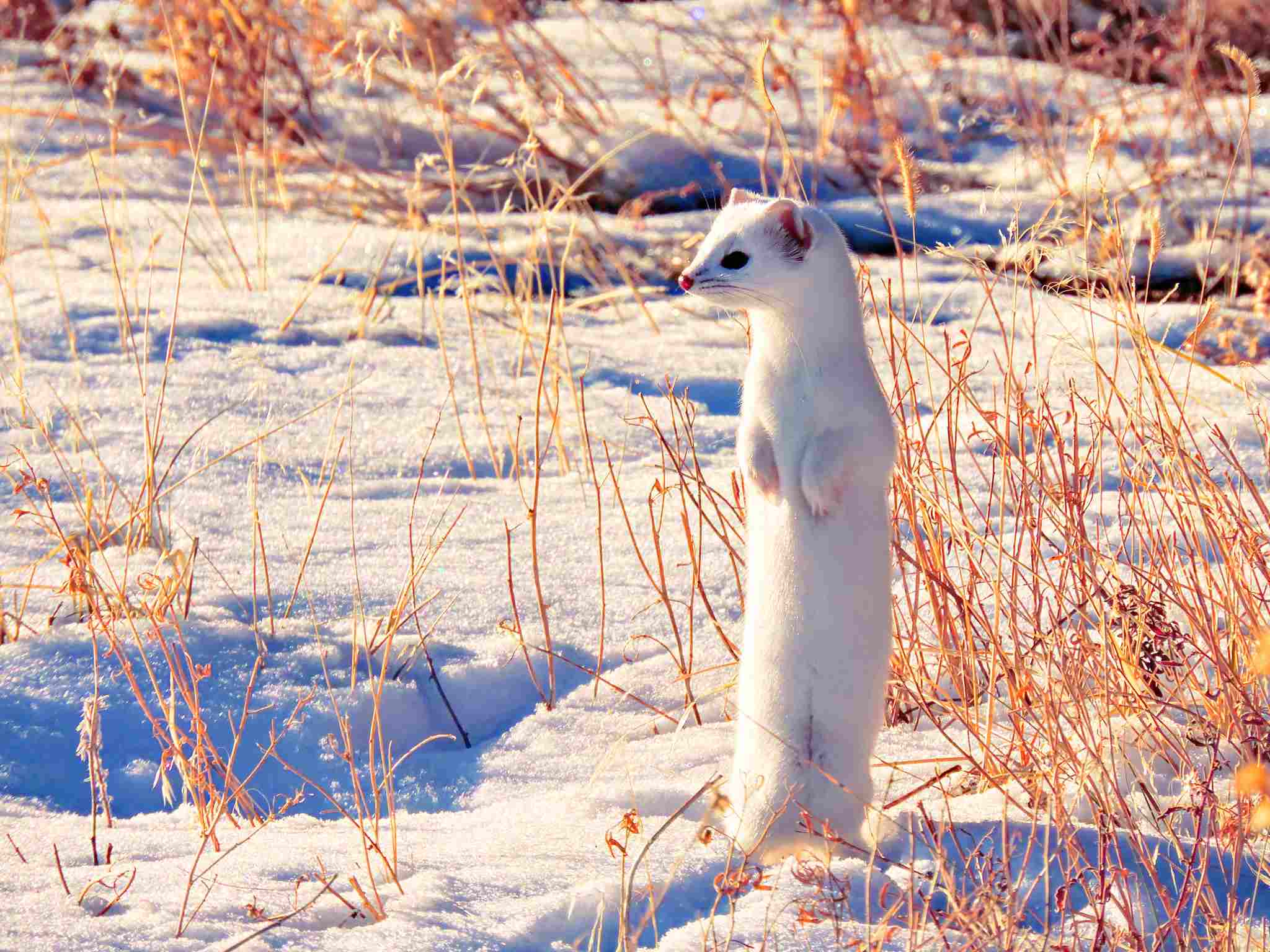
Mink:
The American mink (Neovison vison) is classified as Least Concern.
Concerns exist in regions where escaped captive minks impact local ecosystems.
Ermine:
The short-tailed weasel (Mustela erminea) is also classified as Least Concern.
Populations are generally stable across their range.
Comparison:
Both species are currently not facing significant conservation threats.
Ecological Implications:
Stable populations contribute to ecological balance in their respective habitats.
Summary of Comparison
Appearance:
Mink: Sleek, semi-aquatic, variable fur color.
Ermine: Compact, weasel-like, seasonal color change.
Size:
Mink larger: 13-18 inches vs. Ermine: 7-13 inches.
Weight:
Mink heavier: 1.5-3.5 lbs vs. Ermine: 0.2-0.4 lbs.
Bite Force (PSI):
Mink stronger: 150 PSI vs. Ermine: 55 PSI.
Physical Offensive Advantages:
Mink: Webbed feet for swimming, agile.
Ermine: Agile ground hunter, ambush tactics.
Physical Defensive Advantages:
Mink: Anal scent glands, escapes through water.
Ermine: Seasonal color change, burrow climbing.
Speed:
Mink faster: 6.5 mph vs. Ermine: 4.3 mph.
Agility:
Both highly agile but adapted to different environments.
Overall Physical Capacity:
Mink versatile, both land and water adaptations.
Ermine specialized in terrestrial environments.
Habitat Preference(s):
Mink aquatic habitats vs. Ermine various terrestrial habitats.
Tracks:
Mink webbed tracks, ermine small, delicate tracks.
Lifespan:
Mink longer: 3-4 years vs. Ermine: 1.5-2 years.
Mode of Feeding:
Mink aquatic hunter vs. Ermine ground hunter.
Intelligence:
Both display problem-solving skills and adaptability.
Social Behavior:
Both generally solitary, temporary social bonds during mating.
Mode of Reproduction:
Both polygamous mating systems, slight seasonal variations.
Parental Behavior:
Mink: Extended care vs. Ermine: Limited care.
Proximity to Human-Inhabited Areas:
Mink more tolerant, may enter urban areas.
Ermine avoids human-populated areas.
Behavior Toward Humans:
Mink may be more aggressive vs. Ermine typically elusive.
Danger Posed to Humans:
Both generally not considered dangerous.
Associated Precautions:
Mink requires more caution in certain scenarios.
Conservation Status:
Both Least Concern, stable populations.
Conclusion
I. Similarities:
Both mink and ermine belong to the Mustelidae family and are carnivorous mammals.
Exhibit polygamous mating systems and have a similar classification of “Least Concern” regarding conservation status.
II. Differences:
Diverge in size, with mink being larger than ermine.
Display distinct habitat preferences, with mink favoring aquatic environments and ermine adapting to various terrestrial habitats.
Differ in lifespan, with mink generally having a longer life expectancy.
Show variations in parental behavior, with mink providing more extended care to offspring compared to ermine.
